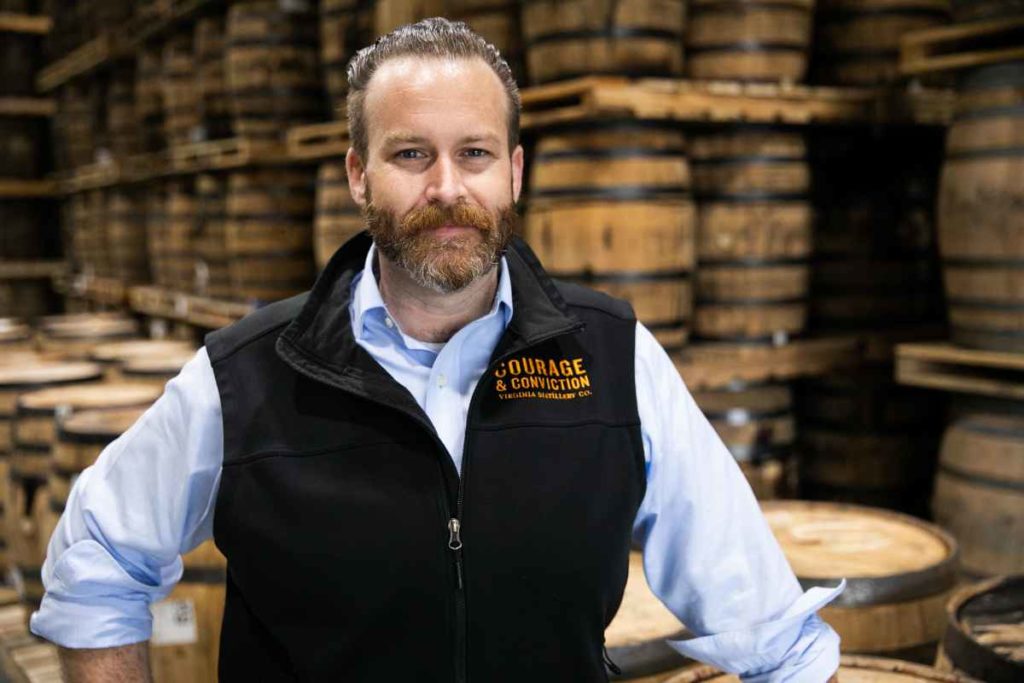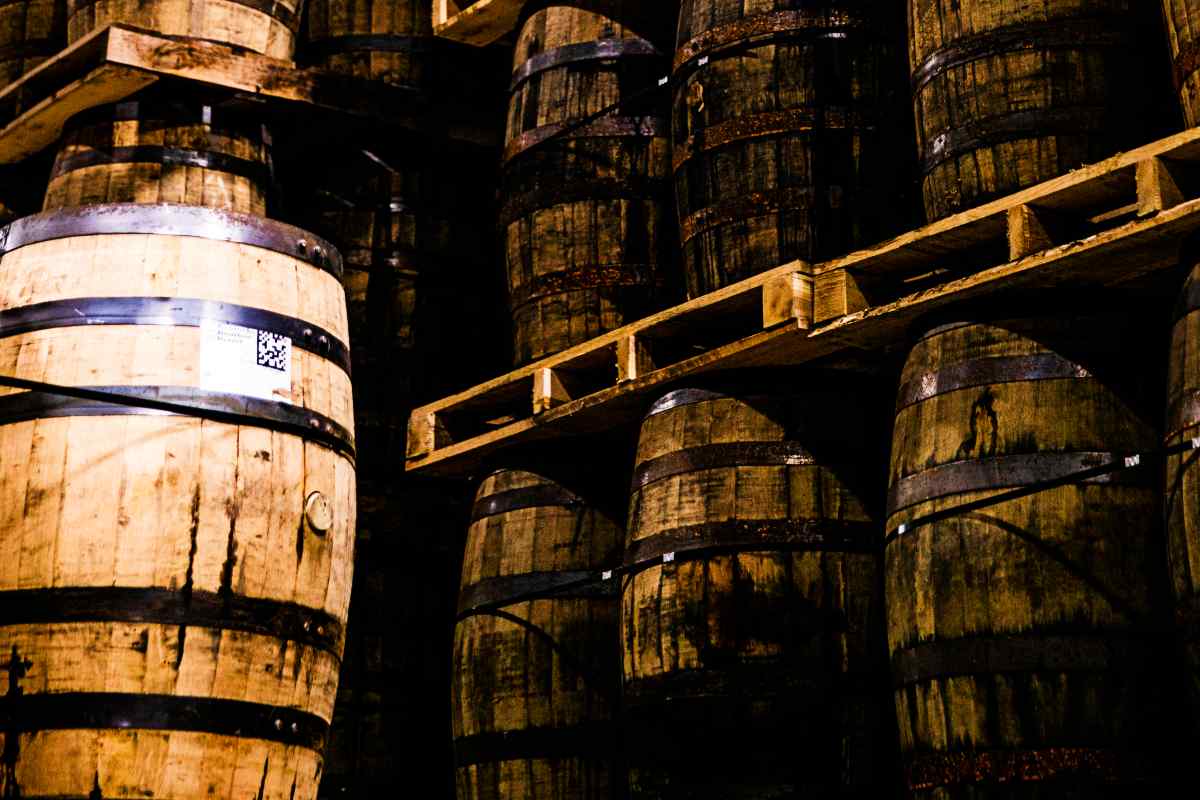Dig deep enough into the world of whiskey nerdom, and you’re bound to encounter the acronym “STR.” The letters do not describe “Super Tennessee Rye” or “Sniff, Taste, Repeat,” but rather “Shave, Toast, Re-Char,” in reference to a recently invented method for using ex-wine casks to mature whiskey.
That still leaves us with a lot of questions, so we sought out the expertise of Virginia Distillery Company CEO Gareth H. Moore, who has utilized STR casks to make his company’s American single malt whiskey.
Shave, Toast, Re-Char
The first thing to know about STR is that not everyone agrees on its definition.
“It’s always the ‘R’ that people have difficulty with,” Moore says. “Sometimes it’s re-cooper. Sometimes it’s repair. But re-char is what Dr. Swan had said, and he’s widely credited with inventing the STR cask.”
He’s referring to Dr. Jim Swan, a whiskey pioneer and consultant who passed away in 2017. According to Moore, Swan developed STR as a way to solve a specific problem. Due to the resurgence of bourbon in the early aughts, whiskey makers were faced with a higher demand for American oak. This development, coupled to the typically high demand for sherry butts, meant that anyone looking to mature their whiskey in a used barrel was going to have to get creative.
And that’s just what Swan did. Looking beyond used bourbon barrels and sherry butts, he sought out American oak casks that had previously held red wine. The problem with using ex-red wine casks to mature whiskey is that traces of wine are left behind, which imparts tannins and sulfurs that negatively impact the final product. As a workaround, Swan decided to break these barrels down to their individual staves before shaving off between three to five millimeters of the wood’s toasted surface. This removes the wine residue that proves problematic without eliminating the layer of wine-soaked wood that contributes positive flavors.

“You’re trying to hit that middle spot where you’ve gotten past the original toast, but deep enough that you’re still getting that wine,” Moore says.
Afterward, the barrel is rebuilt, re-toasted and given a light, number-one char. In other words, it becomes an STR cask.
What Are STR Casks Used For?
According to Moore, STR casks are a perfect middle ground. They don’t impart the intense, woody vanillins you get from a new American oak cask or bleed the harsher tannins from wine. Instead, they provide more balanced wood notes beside the fruit-forward flavors of red wine, which Moore views as an ideal combination for making single malt whiskey.
And largely, it’s been makers of single malt (who, almost without exception, were clients of Swan’s) that have made use of STR casks. Moore cites Taiwan’s Kavalan as the prototypical example; they utilize STR casks at such scale that they now do the process in-house. Other examples include England’s Cotswolds Distillery, Wales’s Penderyn, and Israel’s Milk & Honey.
How Virginia Distillery Company Does STR
Virginia Distillery Company—which employed Swan as a consultant—uses STR casks in the making of its flagship Courage & Conviction single malt. Its recipe is composed of 50% ex-bourbon, 25% sherry, and 25% STR (which the company refers to as “cuvée casks” in its marketing, which Moore feels is a less technical and more accessible term for consumers).

Moore says the decision to use the shave, toast, re-char method was driven by both economics and flavor. Including a portion of STR proved much more affordable than using a higher proportion of sherry, and also introduced fruity and floral notes to the overall experience.
However, if you want to go all-in on STR, you can pull for VDC’s recently released Courage & Conviction Cuvée Cask, which is matured entirely in STR casks. Moore describes it as being a “very sweet, very fruit forward” whiskey that is much darker than the standard Courage & Conviction, which itself derives most of its color from its 25% STR component.
Now you have one more answer memorized for the next time you compete in whiskey trivia—and perhaps, an idea for what you’d like to try next.



